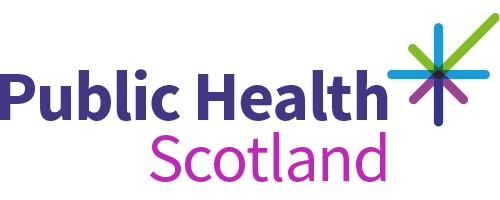Congenital conditions in Scotland
2021 to 2023
An Official Statistics publication for Scotland
- Published
- 28 October 2025 (Latest release)
- Type
- Statistical report
- Author
- Public Health Scotland
About this release
This release by Public Health Scotland is focused on congenital conditions. Congenital conditions are variations of body structure or function which are present from birth. They are the result of a variation in the process of development of a baby in the womb.
This release provides information on the number of babies with congenital conditions among pregnancies ending in Scotland between 2021 and 2023. For the first time, information is included on the number and percentage of babies with a congenital condition who had their condition first detected during pregnancy (rather than after birth or pregnancy loss).
Main points
- 1,145 babies with a congenital condition were identified among pregnancies ending in Scotland in 2023. This is 248 per 10,000 total (live and still) births.
- 798 (70%) of these babies were live born. This is 174 per 10,000 live births. This means that around 1 in 58 babies born alive in Scotland in 2023 had a congenital condition.
- 638 (56%) of these babies had their condition first detected during pregnancy.
- Overall, the most common group of conditions was congenital heart disease (352 babies with congenital heart disease, 76 per 10,000 total births).
- Among the conditions covered by the mid-pregnancy screening scan and pregnancy chromosomal condition screening, the most common condition was Down’s syndrome (117 babies with Down’s syndrome; 25 per 10,000 total births).
- The birth prevalence of congenital conditions remained stable between 2021 and 2023.
Background
These statistics come from the Congenital Conditions and Rare Disease Registration and Information Service for Scotland (CARDRISS) register, which is maintained by Public Health Scotland.
Babies are included in these statistics if:
- they have a major structural or chromosomal condition or recognised syndrome meeting inclusion criteria set by EUROCAT
- their condition was diagnosed during pregnancy (or after pregnancy loss) or, for live births, at any point before the baby’s first birthday
- the pregnancy ended in January 2021 to December 2023 inclusive
- the pregnancy ended in a live birth, a spontaneous stillbirth occurring at ≥24 weeks gestation, a spontaneous late fetal loss occurring at 20–23 weeks gestation inclusive, or a termination of pregnancy at any gestation
- their mother was resident in Scotland at the time the pregnancy ended
Further information
The next release of this publication will be October 2026.
General enquiries
If you have an enquiry relating to this publication, please contact Rachael Wood at phs.cardriss@phs.scot.
Media enquiries
If you have a media enquiry relating to this publication, please contact the Communications and Engagement team.
Requesting other formats and reporting issues
If you require publications or documents in other formats, please email phs.otherformats@phs.scot.
To report any issues with a publication, please email phs.generalpublications@phs.scot.
Older versions of this publication
Versions of this publication released before 16 March 2020 may be found on the Data and Intelligence, Health Protection Scotland or Improving Health websites.

